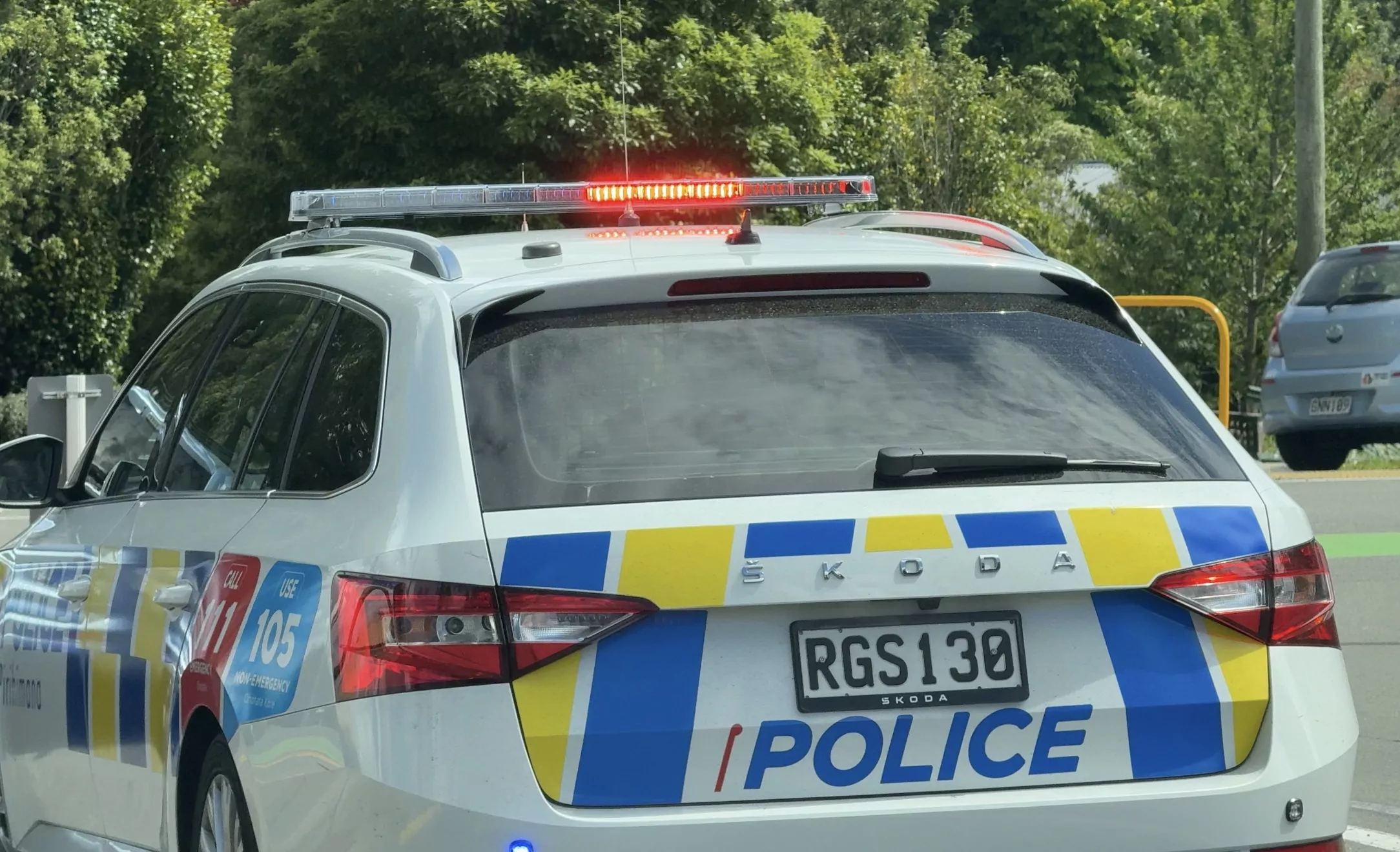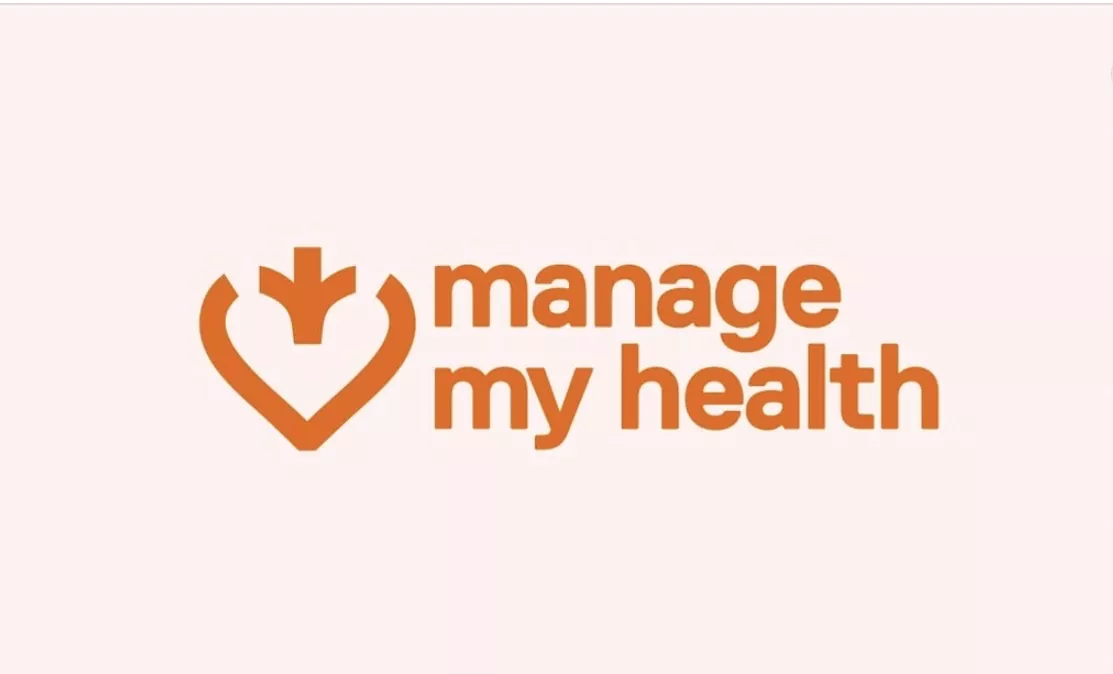Escaped youth tracked by Eagle helicopter, found hiding in New Brighton
The young person who escaped from a youth justice facility in Rolleston has been located...
Greenpeace will hold free drop-in events for drinking water testing in Amberley and Oxford, offering residents the chance to check for nitrate contamination.
The events will take place on the 18th and 20th of October, following earlier test results this year which revealed high nitrate levels in parts of the Waimakariri District and the wider Canterbury region.
Greenpeace spokesperson Will Appelbe said nitrate contamination in drinking water has been a persistent issue, particularly in rural communities.
”Over the last three years, we have consistently found high levels of nitrate in both private bores and public water supplies,” Appelbe said.
“This has highlighted the urgent need for free water testing and a commitment to stop water pollution at its source.”
Appelbe said access to safe drinking water is a basic human right, but in many of New Zealand’s rural communities, especially Canterbury, that right is being compromised. “No one should have to question the safety of their tap water, but that’s the reality for many people in rural Canterbury.”
Studies have linked nitrate contamination to health risks such as bowel cancer and preterm birth. Public town supplies have reached levels as high as 5 mg/L, which research has suggested can increase the risk of premature birth by nearly 50%. Some private bores in Canterbury have tested above the maximum allowable limit for nitrate, originally set to protect against blue baby syndrome.
“In April, three town supplies in North Canterbury were testing above 5 mg/L, a level that the NZ College of Midwives has said increases the risk of preterm birth for pregnant people,” Appelbe added. “One of those supplies was in Oxford.”
Greenpeace has tested nearly two thousand water samples since 2021, both at in-person events and through its mail-in testing programme.
In May, the Canterbury Regional Council said “some 35 water samples showed nitrate-nitrogen concentrations above the Maximum Acceptable Value (MAV) of 11.3 mg/l, down from 44 in 2022.
“However, nitrate levels appear to be increasing in 59 per cent of the wells surveyed, with only 17 percent likely decreasing.”
The upcoming water testing events in Amberley and Oxford will offer another opportunity for residents to check their water for nitrate contamination.
Appelbe said rural communities are most affected due to their proximity to intensive dairying, the primary source of nitrate pollution.
“The number of dairy cows in New Zealand has doubled over the past thirty years, and the use of synthetic nitrogen fertiliser has increased seven-fold. This has led to a significant rise in nitrate levels in groundwater, which eventually finds its way into drinking water supplies.”
Removing nitrate from drinking water is difficult and costly, Appelbe said, and the long-term solution is to address the problem at its source.


